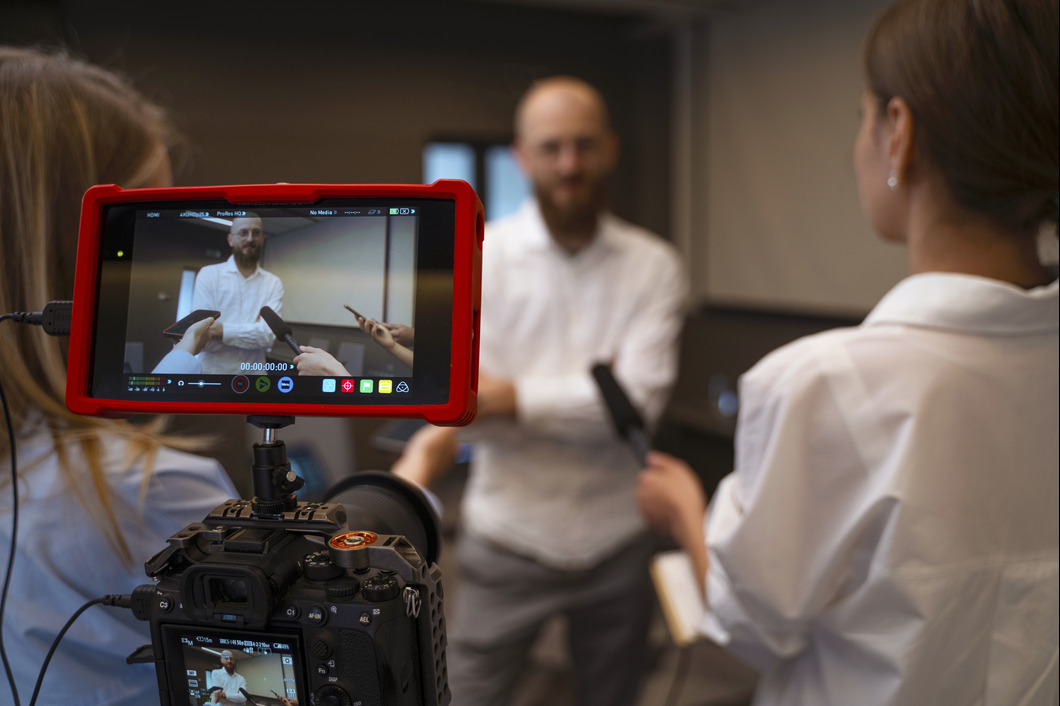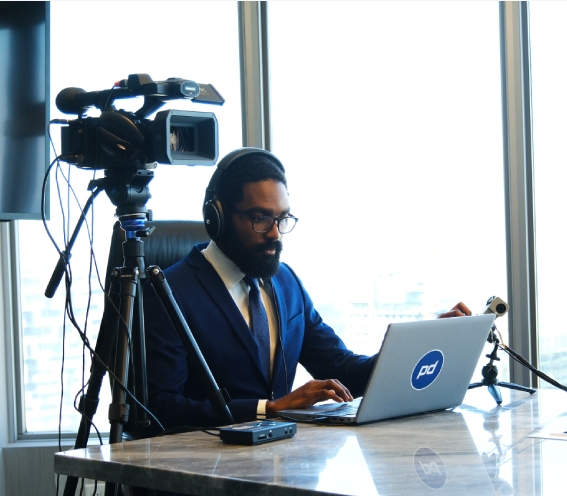Why Lawful Videography Is Important for Accurate Court Recordings
The duty of lawful videography in courtroom setups can not be overstated, as it acts as an essential device for preserving the stability of court records. By capturing both spoken and non-verbal interaction, it improves the clearness of witness statements and shows the subtleties of court interactions. This comprehensive documents not just help in decreasing potential misunderstandings however likewise sustains appellate reviews, consequently strengthening the judicial procedure. The effects of incorporating lawful videography right into basic court methods raise crucial questions regarding its more comprehensive influence on the lawful system. What might these implications involve?
Significance of Visual Evidence
In the world of lawful procedures, the importance of visual proof can not be overstated. Visual evidence functions as a powerful device in developing realities, proving statements, and enhancing the general quality of a situation. This kind of proof, which consists of photos, videos, and diagrams, can provide a tangible context that spoken descriptions commonly do not have, consequently using courts and judges a more clear understanding of the situations surrounding a case.
Moreover, visual proof help in the retention of details. Human cognition is naturally visual, and individuals are most likely to bear in mind and comprehend information provided in a visual format. In the court room, this can be critical, as compelling visual proof can persuade viewpoints and strengthen the story offered by legal reps.
Additionally, making use of visual evidence can decrease misconceptions and uncertainties that frequently arise from spoken exchanges. By supplying a straight representation of occasions, aesthetic evidence helps to remove subjective interpretations and promotes a more objective evaluation of the realities. The assimilation of aesthetic proof into legal procedures not just enhances the integrity of the judicial procedure but additionally boosts the chance of attaining a just result.
Catching Non-Verbal Cues
Utilizing advanced videography strategies can considerably enhance the capture of non-verbal cues during legal process. Non-verbal communication, consisting of faces, body movement, and eye contact, plays an essential function in sharing feelings and objectives that might not be clearly stated in verbal statement. legal videography. Lawful videography uses high-definition electronic cameras and calculated angles to make certain that these refined signs are videotaped with quality and accuracy
The capacity to evaluate non-verbal actions can offer valuable context to statements made during court sessions. As an example, a witness's hesitation or self-confidence can be analyzed through their posture or gestures, potentially influencing the jury's understanding of credibility. In addition, using close-up shots can assist concentrate on an audio speaker's expressions, permitting a much more nuanced understanding of the testimony.
In addition, integrating several camera angles can create a comprehensive view of communications, highlighting characteristics in between events included. This multifaceted method not only boosts the precision of the court record however also aids in maintaining the stability of the judicial process - legal videography. Ultimately, recording non-verbal cues via legal videography fosters a richer, much more complete depiction of court room proceedings

Enhancing Statement Reliability
The integrity of statement can be significantly reinforced through the usage of top quality legal videography. Video clip recordings work as an objective tool Read More Here that records not only the spoken words of witnesses yet also the nuances of their shipment, including tone, pacing, and emotional expressiveness. This multifaceted documents provides a more clear understanding of the witness's credibility and purposes, which can be critical in lawful procedures.
Furthermore, legal videography reduces the possibility for misinterpretations that may arise from composed records alone. When jurors can observe a witness's demeanor and body movement together with their statement, they are much better geared up to analyze the credibility and integrity of the evidence offered. This visual context can strengthen the testimonial narrative, making it much more compelling and reliable.
Furthermore, the visibility of a video recording can deter prospective inconsistencies in statement. Witnesses might be more careful in their declarations when they recognize they are being tape-recorded, causing more precise and truthful accounts. On the whole, high-grade lawful videography improves the stability of testament, making certain that the court has access to a total and truthful representation of the realities as communicated by the witnesses.
Sustaining Appeals and Reviews
Legal videography plays an important role in sustaining appeals and testimonials by giving a comprehensive visual document of court room proceedings. This visual paperwork records not only the spoken words of witnesses and lawyers but also the nuances of body movement, intonation, and courtroom characteristics. Such components can be critical in recognizing the context of testimonies and disagreements presented.
In the appellate process, where the emphasis is on mistakes of regulation and procedural fairness, a video clip document can work as a vital tool for appellate courts. It allows judges to assess the initial test context, ensuring that decisions are based upon a complete understanding of the proceedings. The ability to visually examine the behavior of witnesses or the interactions between parties can disclose understandings that composed transcripts may ignore.

In addition, legal videography can help in clearing up uncertainties in statements or procedural rulings, thereby reinforcing the basis for an allure. By providing a trusted, objective account of what transpired in court, legal videography not only supports the stability of the website link lawful procedure however additionally equips all events included to make enlightened decisions concerning their instances.
Streamlining Court Processes
Enhancing court room performance, legal videography streamlines processes by giving prompt accessibility to visual records of proceedings. This innovation allows judges, lawyers, and courts to revisit essential statement and evidence, guaranteeing that all celebrations have a clear understanding of the case. By catching the subtleties of spoken and non-verbal interaction, videography enriches the record, making it simpler to grasp the context and weight of testaments.

Furthermore, video clip recordings can assist in remote participation in hearings, permitting better flexibility in organizing and participation, which is specifically useful in complex cases including several stakeholders.
Conclusion
In verdict, legal videography plays an important function in making certain precise court recordings by supplying crucial aesthetic evidence that records both verbal and non-verbal interaction. This technique enhances the dependability of testimonies, sustains appellate testimonials, and streamlines court room processes. By fostering an extensive understanding of court room dynamics, legal videography eventually contributes to more equitable judicial end results, reinforcing the stability of the legal system and assisting in informed decision-making.